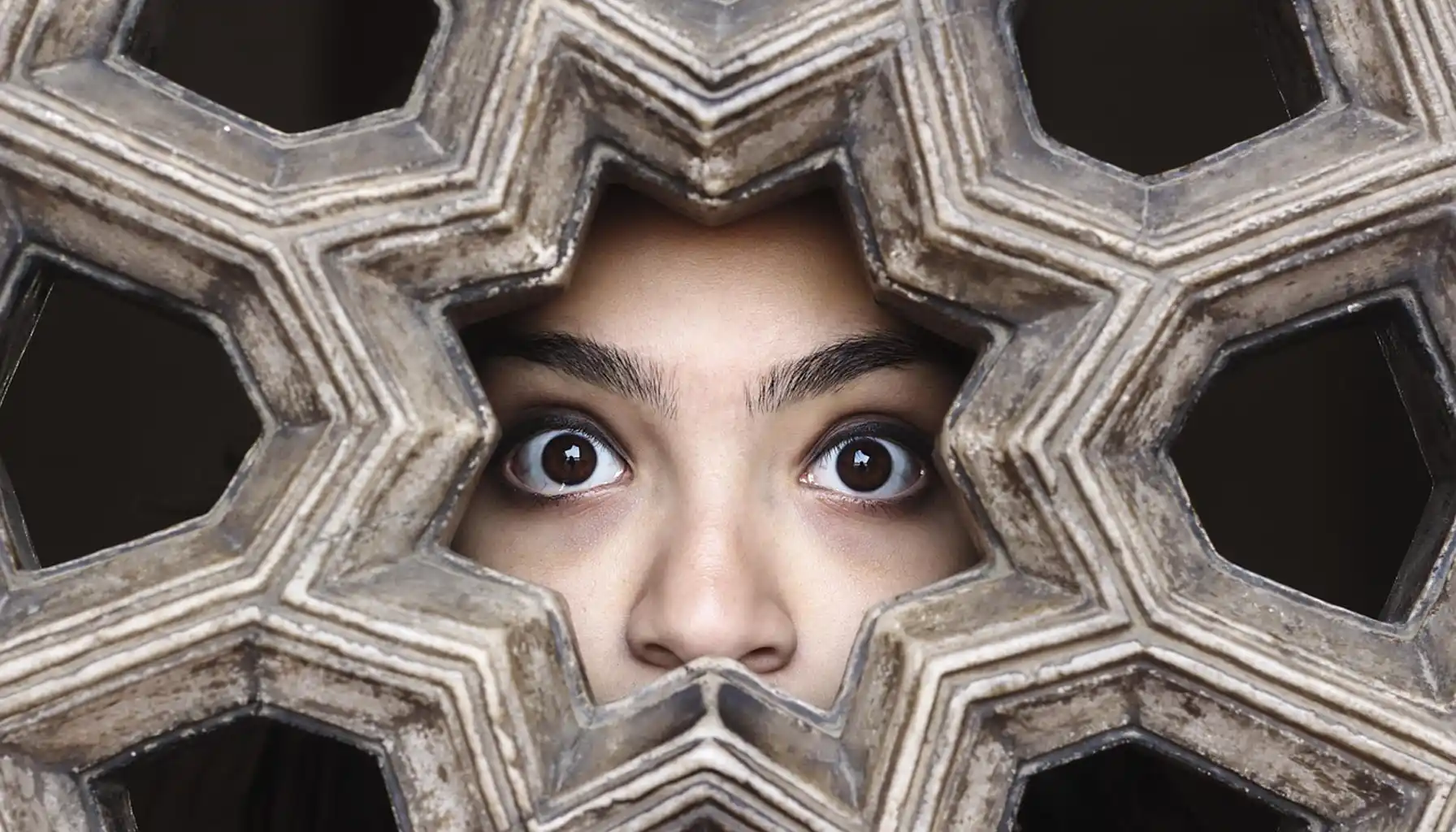Contents:
Fear of insects is one of the most common and yet underrecognized anxiety disorders. Entomophobia can manifest as mild avoidance or intense panic at the thought of encountering an insect.
Some people constantly stock up on insect repellents or keep windows closed even in the heat, just to avoid bugs and mosquitoes. The moment people identify what lies behind their fear and come up with a way to transform it, anxiety might begin to lessen, and they might move toward living a life that feels open and whole once more.
Practices like memory exercises, which support cognitive balance, can be helpful for training attention and reducing anxiety.
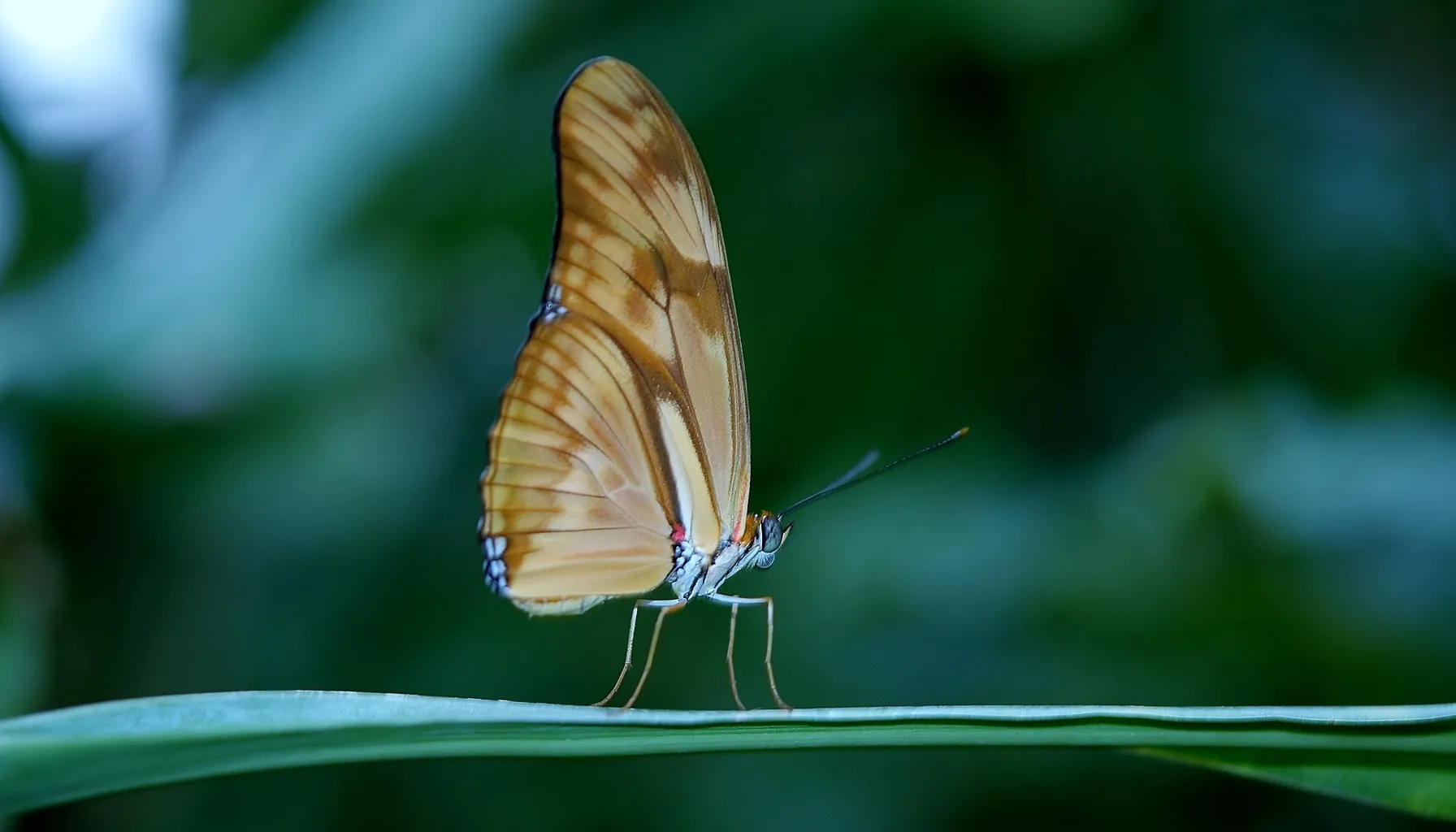
What is Entomophobia?
Entomophobia Key Characteristics
Scientifically, entomophobia definition refers to a type of specific anxiety disorder in which insects become the object of fear. This can be a specific species — cockroaches, wasps, ants — or insects in general. Unlike simple disgust, this is a strong reaction that interferes with social and professional life.
What Does Entomophobia Mean in Practice?
Framing the question in this manner makes it extremely clear that we are developing a more acute awareness of the situation itself. A person might avoid green spaces, refuse to visit friends in the countryside, or even feel anxiety when watching films featuring insects.
Origins and History of Entomophobia
Cultural Roots of the Fear
Even in ancient times, insects were associated with disease and decay. In the Middle Ages, mosquito and fly bites were believed to carry "bad humors" and cause illness. These cultural beliefs reinforced the image of insects as a source of threat.
Psychiatric literature in the 19th century first described an obsessive fear of insects. Today, this diagnosis is included in the category of specific phobias, along with arachnophobia and herpetophobia.
Entomophobia Meaning for Psychology and Medicine
Clinical Interpretation
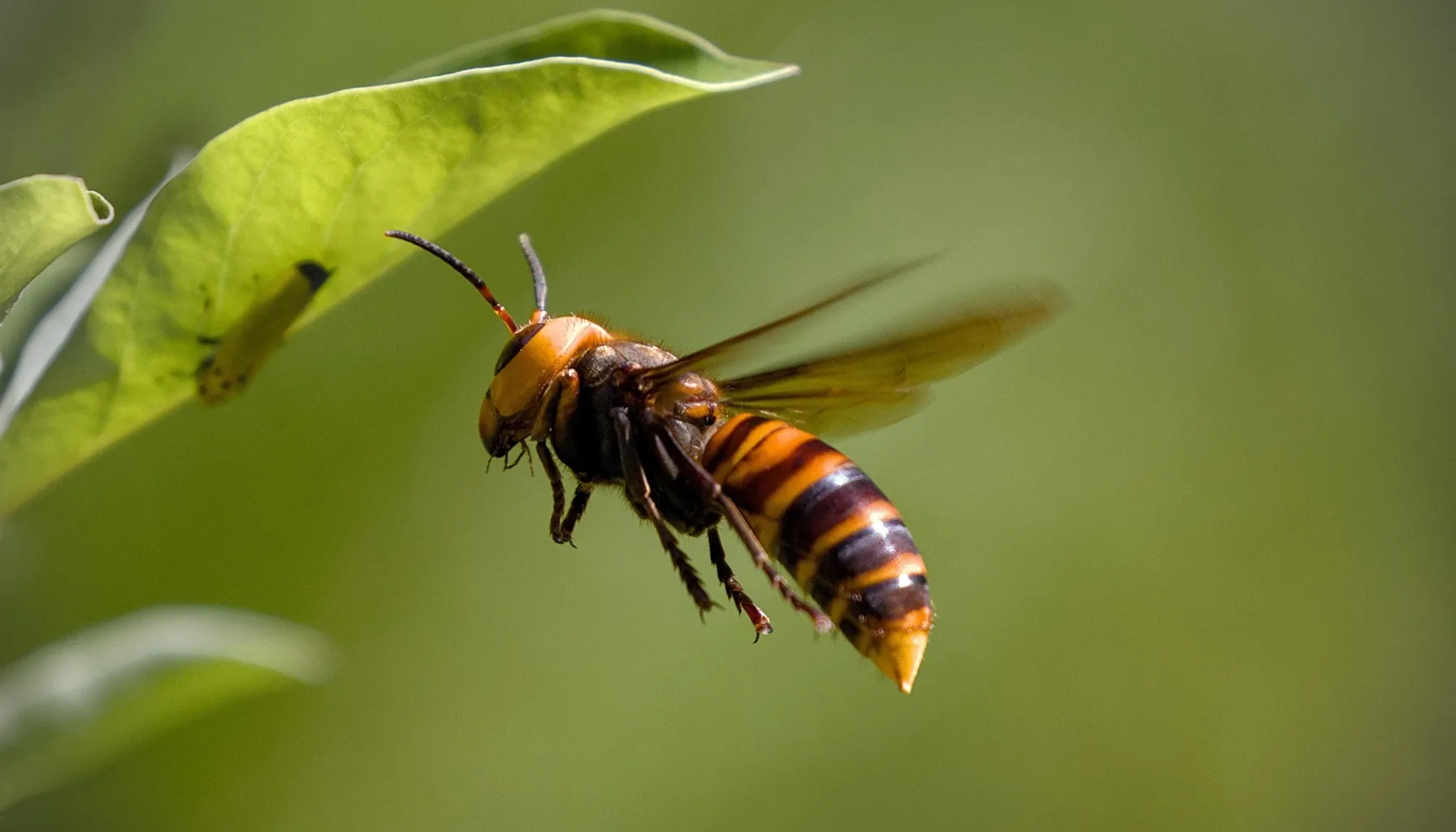
Medically, its significance lies in its classification as an anxiety disorder. The signs may show up as sudden panic attacks, a racing heartbeat, or the urge to avoid certain situations altogether.
For society, such a phobia results in limited social interactions and reduced activity. Severe fear of insects may keep people from outdoor work or family walks, slowly cutting into their social connections.
Symptoms of Entomophobia
Entomophobia symptoms often show up not only in the body but also in the way a person feels.
Emotional expressions:
sudden outbursts of panic at the sight of even a harmless insect;
avoidance of parks, gardens, and even fruit and vegetable sections, where gnats may be present;
constant alertness to any sounds, from a faint buzz to the occasional rustle;
the sensation that something is crawling on the skin, although in reality it’s simply a nervous system reaction;
a sharp increase in anxiety, leading to tremors, dizziness, or rapid heartbeat.
This appears more concretely in everyday behavior:
a person carefully inspects the apartment before bed, checking corners, curtains, and furniture;
uses repellents and insecticides "just in case," even without a real threat;
discusses their fear at length with loved ones, seeking reassurance that "everything is under control";
sometimes avoids trips to the countryside or business trips, where the risk of encountering insects is higher;
in severe cases, even changing daily habits — for example, always eating with a lid on dishes or wearing long sleeves in the summer.
How Common is Entomophobia?
Prevalence and Global Perspective

Researchers find it difficult to answer the question accurately: how many people have entomophobia? Many hide the problem. However, data on anxiety disorders show that approximately 10% of adults and up to 20% of adolescents experience specific phobias, with the fear of insects being among the most common.
We can guess that the number of people dealing with this runs into the millions worldwide. In the United States, for example, approximately 30 million people avoid spending time in nature precisely because of this fear.
Causes of Entomophobia
What Causes Entomophobia?
Researchers identify several lines of origin. Most often, it is associated with a combination of biological and psychological factors:
Childhood experiences: bee stings, the sudden appearance of cockroaches at night, or severe allergic reactions are imprinted in memory and form persistent associations with fear.
Hereditary factor: if anxiety disorders run in the family, a person is more likely to overreact to insects, even when there is no real threat.
Cultural context: in some countries, beetles are associated with uncleanliness and disease, while in others, they are seen as symbols of evil, which only increases wariness.
Modeling effect: a child can adopt a fear by observing how parents react panically to beetles or flies.
Environmental circumstances also have a significant influence:
children raised in regions with malarial mosquitoes or poisonous spiders often retain this fear for life;
city dwellers, unaccustomed to close contact with nature, sometimes react to common insects the same way they would to dangerous ones;
modern media adds fuel — horror films featuring giant bugs, news of fever outbreaks, and photographs of infestations heighten anxiety;
social media quickly spreads stories of "killer insects," even if they are isolated incidents.
Self-Assessment Scale for Entomophobia
Rate it on a scale from 1 (not at all like me) to 5 (very like me).
Statement | 1 | 2 | 3 | 4 | 5 |
I feel strong tension when I see an insect. | ☐ | ☐ | ☐ | ☐ | ☐ |
Even thinking about insects makes me feel uneasy. | ☐ | ☐ | ☐ | ☐ | ☐ |
I avoid certain places or events because of the chance of seeing insects. | ☐ | ☐ | ☐ | ☐ | ☐ |
I experience physical reactions (shaking, rapid heartbeat) when facing insects. | ☐ | ☐ | ☐ | ☐ | ☐ |
Fear of insects interferes with my ability to enjoy daily activities. | ☐ | ☐ | ☐ | ☐ | ☐ |
The higher the overall score, the more likely it is that fear is interfering with quality of life and it is worth seeking advice from a specialist.
Entomophobia Triggers
Everyday Entomophobia Cues
These can vary widely:
direct contact with an insect;
unexpected sounds (buzzing, crackling wings);
images or videos;
stories about diseases transmitted through bites.
Situational Factors in Public Life
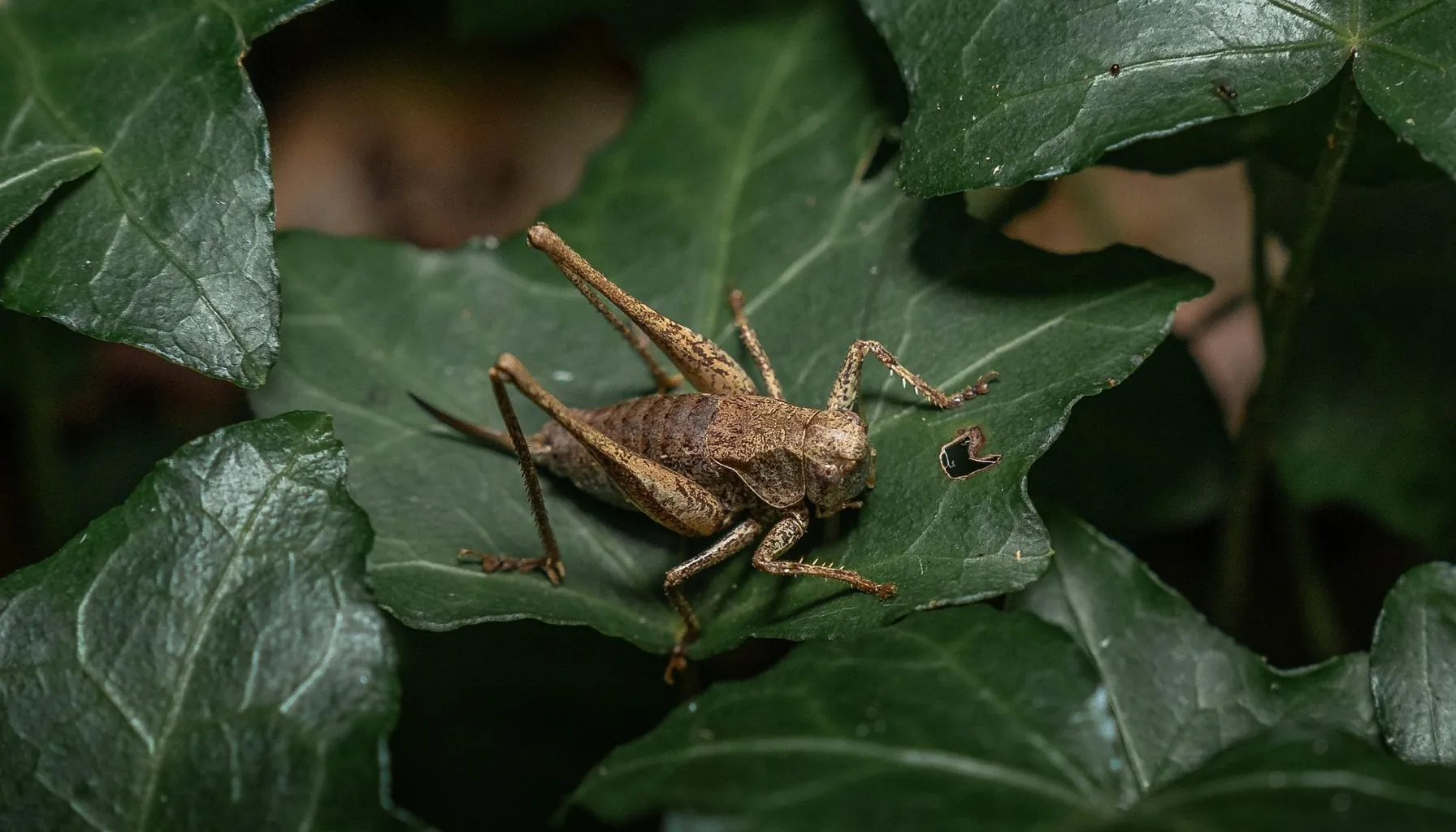
A phobia can be triggered by specific circumstances:
a walk in the park;
a beach vacation;
a hike in the forest;
working in the countryside.
Diagnosis and Tests
Clinical Tools to Detect Entomophobia
Psychologists use specialized methods, including the entomophobia test, to measure the severity of fear. These may involve questionnaires, interviews, and observing reactions to images.
Professional View on Entomophobia
Accurate diagnosis of entomophobia involves checking how persistent the symptoms are, how deeply avoidance affects behavior, and how much it interferes with daily roles. If the condition lasts more than six months and restricts social life, it meets the criteria.
Entomophobia Treatment
Evidence-Based Approaches
Modern entomophobia treatment includes:
exposure therapy (gradual habituation to the feared object);
cognitive behavioral therapy (correction of distorted attitudes);
medication in cases of severe anxiety — sometimes doctors prescribe antidepressants or anti-anxiety medications.
How to Overcome Entomophobia
Step-by-Step Strategies
The question of how to overcome entomophobia requires a systematic approach:
recognizing the problem;
working with a therapist;
implementing relaxation techniques;
participating in support groups;
using apps like Mind Elevate to track emotional reactions.
gradually getting used to images of insects;
breathing exercises for anxiety;
keeping a symptom diary;
managing stressors, including sleep patterns and diet.
Complementary approaches include yoga, meditation, and hypnotherapy. These practices help relax the body and reframe perception, preventing fear from completely controlling a person.
When discussing how to cure entomophobia, it's important to remember: complete elimination of fear is possible. It's also possible to learn to control reactions, reduce the severity of panic, and gradually return to social activity.

Risks and Complications
Medical Risks of Avoidance
When fear causes a person to ignore a bite or avoid seeing a doctor, the consequences can be far more serious than initially expected.
Mosquitoes in endemic areas often carry malaria or West Nile virus.
It would seem that a simple bee or wasp sting can result in severe allergic reaction and anaphylaxis if epinephrine is not administered promptly.
Ticks are often the source of Lyme disease and encephalitis, and refusing diagnosis deprives a person of the chance of early treatment.
Even an "innocent" midge bite can cause skin inflammation or a purulent infection.
By avoiding the doctor, a person turns their health into a lottery, where the cost of a mistake is too high. A timely visit, however, provides not only treatment but also protection from complications.
Entomophobia Fear of Insects and Broader Lessons
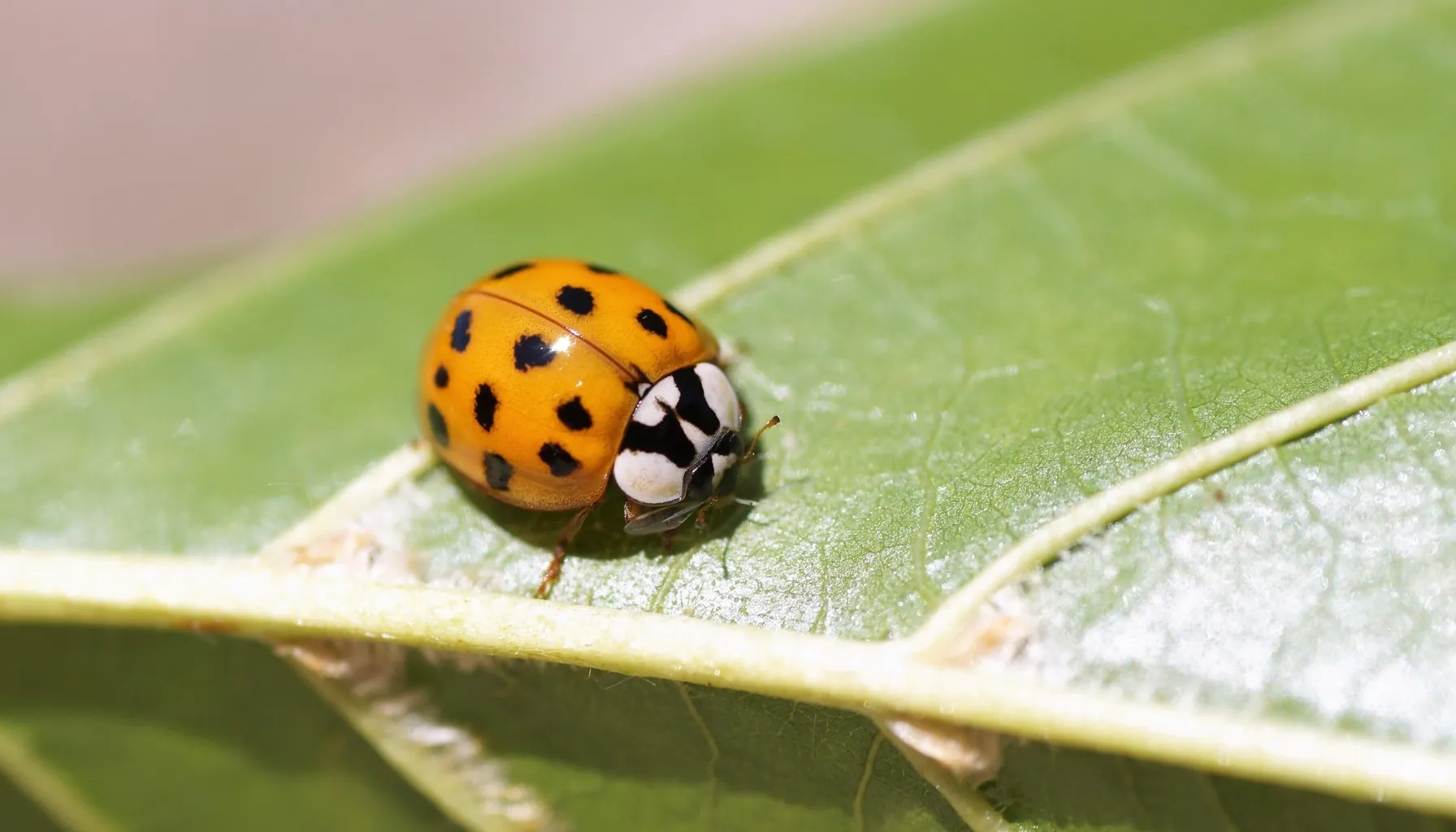
An analysis of entomophobia the fear of insects goes far beyond a single phobia. Severe fear can manifest publicly by changing behaviors, straining relationships, and cutting off access to necessary medical support.
And here we have therapies that are applied not only in the entomophobia cure but also in the treatment of other anxiety disorders in general. Both individuals and society benefit, as mental health becomes recognized as a central part of health itself.


